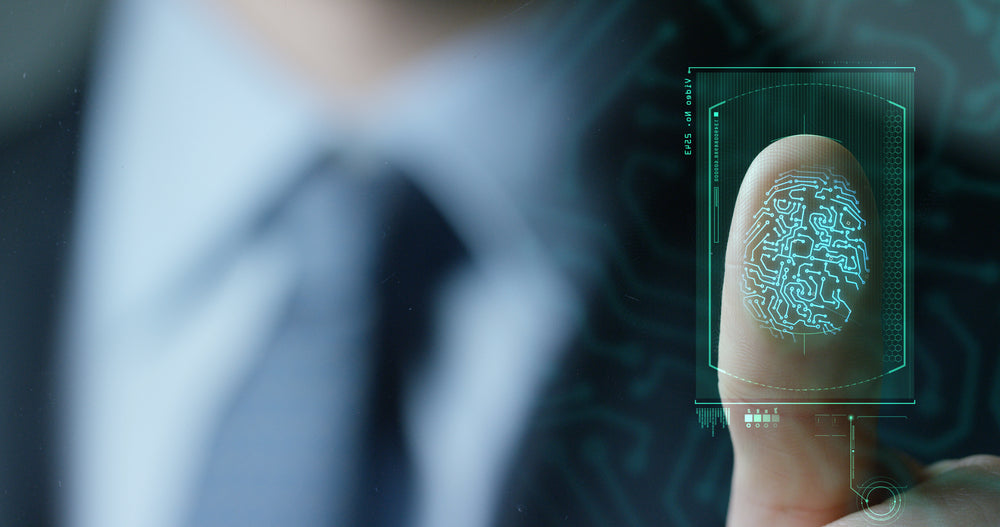
Tracking Time & Attendance with Biometrics
Timeclocks are as old as the Industrial Revolution, and their purpose is essentially the same as it was then: to track the employee time and attendance so businesses can pay accordingly.
However, some elements of time and attendance tracking have evolved with the modern industry and workforce. A lot of today’s time-and-attendance systems still lack a way to verify that the data presented on a timesheet is accurate and valid. Two sources of labor fraud in particular are left unaddressed in today’s increasingly mobile workforce:
- Time theft: Employees clock in without being present at the job location.
- Buddy punching: Employees clock in on another employees behalf
One way for businesses today to avoid or solve the issues of time fraud is by using biometric-based time tracking. Biometrics offer a highly automated, accurate, and accessible method to employee time and attendance tracking.
Time-and-Attendance Fraud
Employers who compensate an hourly workforce are the most common victims of time-and-attendance fraud. These include workers in retail stores, warehouses, manufacturing, customer service, security, and other jobs that require on-site work.
However, nearly every industry has in some way been affected by a distributed workforce. Independent contractors, field service workers, transportation workers, and employees who work from a home office such as remote freelancers, participants in the gig economy and other transient workers represent a growing share of the labor force.
Biometrics and Time and Attendance
Biometrics like face, voice, and fingerprint use unique biological features to verify someone’s identity. By verifying identity, they can be used to confirm that time and location data being submitted by an employee is in fact being submitted by that employee at that time.
All biometric systems operate on the simple concept of comparing a stored record of a user's biometric data (hand, eye, fingerprint, etc) with data being supplied in real-time by the user requesting access. The real-time data is converted into a form which can be compared to the record, and if the two data sets match with enough certainty, the user is authenticated.
The process of first capturing the biometric data is called enrolling while the action of authenticating the user is called identification or verification. During the enrolment process, the original fingerprint image is processed, highly compressed, and stored on the device flash memory (or another storage system like the PC) as a template such as a unique ID number, name, and other information is added to associate a person with the template.
In this way, biometrics can be used to determine with accuracy and certainty that a person is who they claim to be at a particular time, virtually eliminating the possibility of buddy punching.
So biometrics for time and attendance are no used simply as a mobile authenticator for an employee to login and submit time and attendance data. They are used to validate time and location data, effectively automating mobile time-and-attendance tracking.
Security and Accuracy
Biometric time clocks store a mathematical representation of the users fingerprint. Each time a users finger is scanned by the time clock the mathematical representation of that finger scan is matched against the stored mathematical finger representations which are linked to individual people.
The mathematical representation that is stored with-in the time clock can not be used to copy or re-produce a finger image.
No graphical (bitmap) representation of any finger prints are stored or transmitted.. This ensures that biometric templates are kept under lock and key.
Furthermore, biometric-based mobile time-and-attendance eliminates the human error associated with timekeeping. In traditional data entry methods, a single typo can result in payouts that are over or below actual time worked. Biometrically validated timestamp submission eliminates this risk from the equation.
